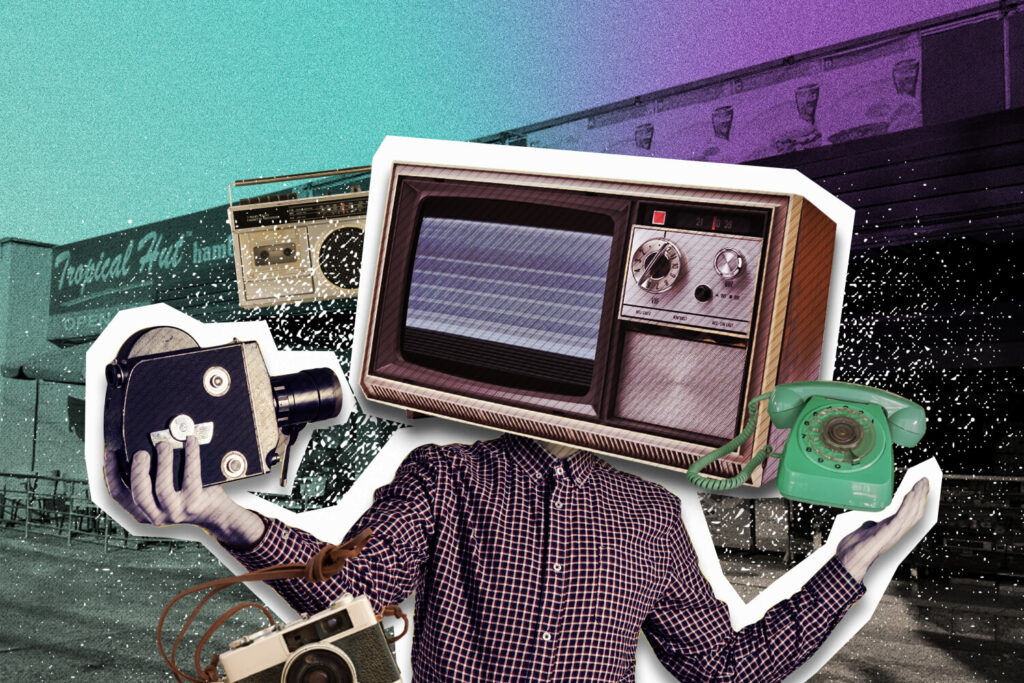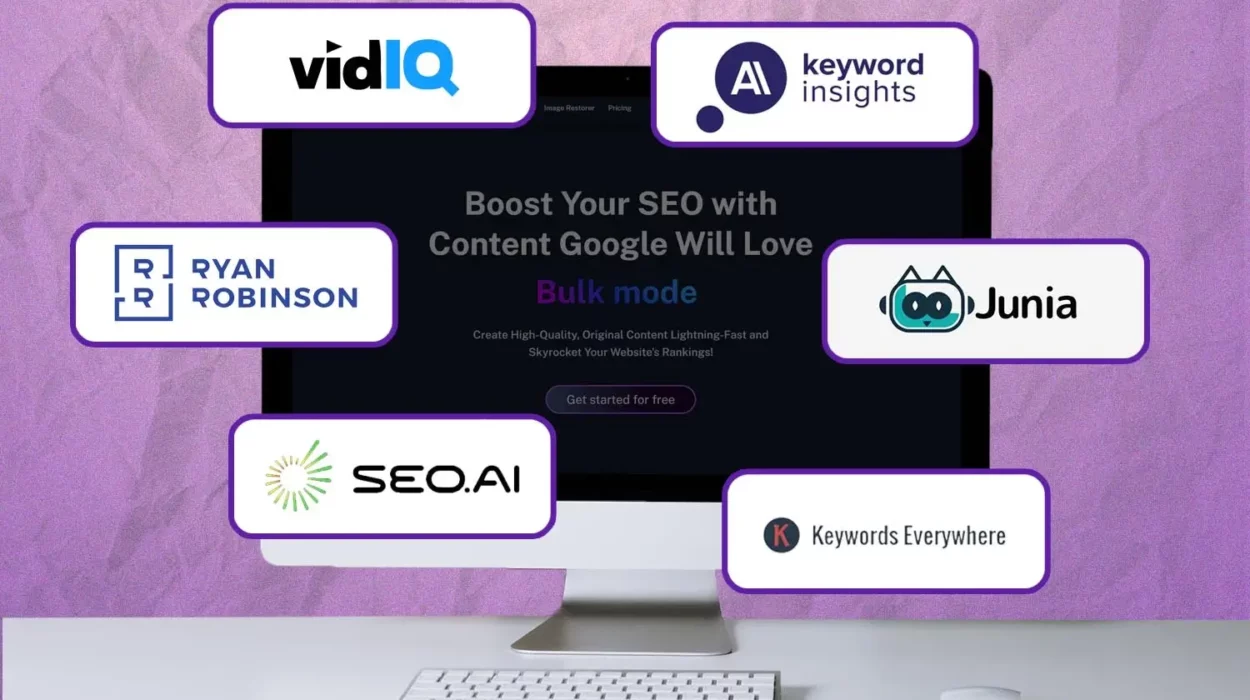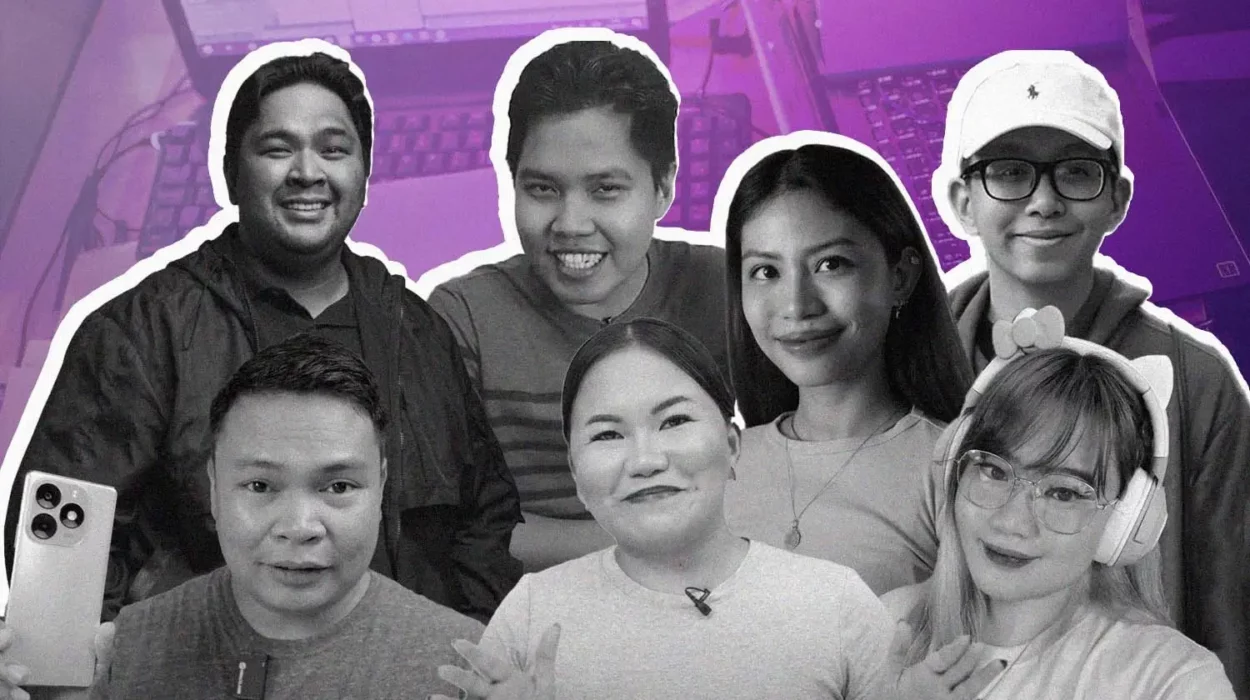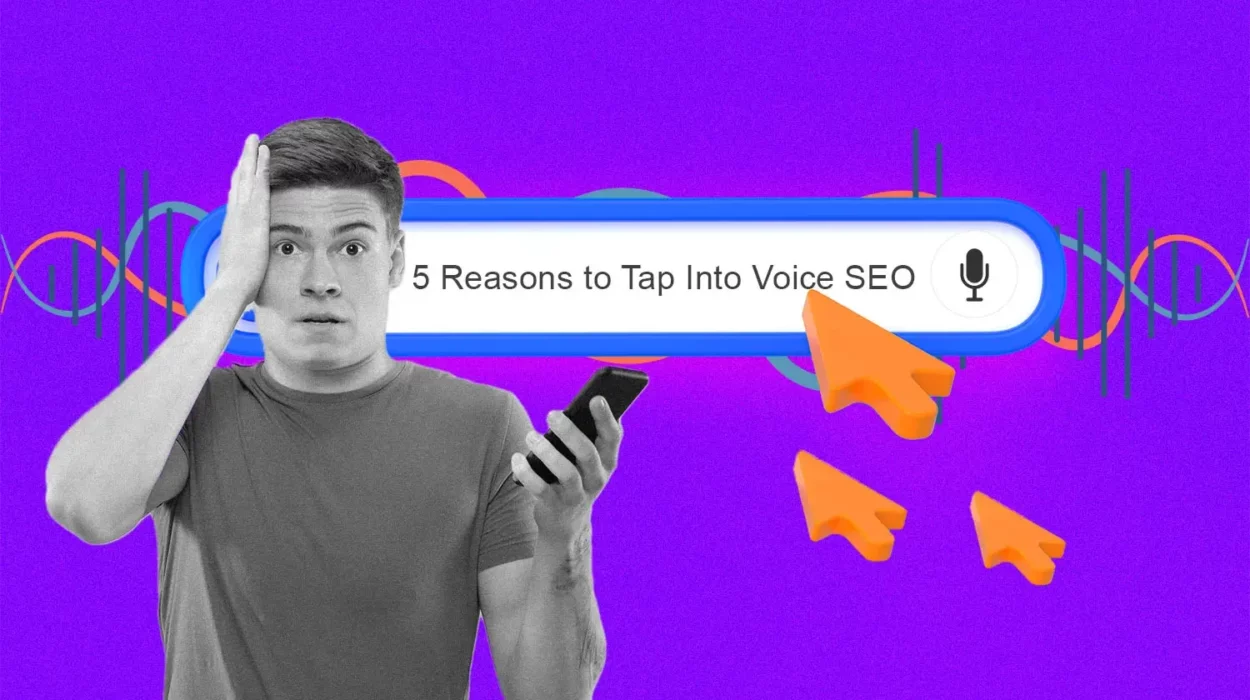Nostalgia Marketing: How Powerful is it?
By: Renzo Guevara

Familiarity breeds comfort and comfort generates trust. Consumers are more inclined to buy into something if there is an emotional attachment. Using nostalgia as a marketing tool is a timeless way to get people to resonate with an idea, product, or service.
The good old days
Don’t you love it whenever you see something that reminds you of the better days? Or at the very least, when you catch something that looks and sounds familiar?
The word “nostalgia” comes from Ancient Greek via New Latin and it roughly translates into “the pain of being far away from home”. To wish for something to come back.
Krystine Batcho, PhD, a professor of psychology at LeMoyne College and a licensed psychologist spoke to the American Psychological Institution about nostalgia. She mentioned that it helps us connect with our past selves including the people we were with, the relationships we built, and the memories we made. This, in turn, enables us to compare who we are now to what has been, which then, gives us a clearer picture of who we want to be in the future.
Nostalgia is powerful. It immediately triggers some form of emotion from the individual which means that it will catch their attention. In the world of marketing, what do you think is one of the most important things to be considered when showcasing a product, service, idea, or brand?
Make them feel something
Familiarity sells. People are quicker to engage with something if they know more about it. There’s a reason why “strangers” are called the way they are—strange. It’s one of the most basic principles in life that it’s one of the very first things we teach children.
Consider what Netflix’s Stranger Things is doing with countless references to 80s pop culture. It is not only aesthetically interesting to look at, but viewers can easily latch onto the storytelling that follows similar beats with the classics.
One of the biggest franchises in the world, the Marvel Cinematic Universe (MCU) has been going on for more than a decade (and still counting) with billions earned in revenue following a similar template. Each film makes sure it has at least a couple of callbacks to previous entries in the series while also containing recognizable pop culture easter eggs.
Great marketing is getting someone comfortable with whatever you’re selling. You can say as many superlative fluff statements as you can but none of it will matter unless you establish a level of emotional connection.
ALSO READ: The Problem with Traditional Marketing
One of the best and most recent examples of this wasn’t even an intentional marketing strategy. Tropical Hut is one of the oldest fast-food chains in the Philippines. Being founded back in 1962, it was the go-to place for family and friends to enjoy burgers before Jollibee was a thing.
As the years went by, new franchises started entering the market and Tropical Hut quietly faded into obscurity. Archaic branding, little to no marketing initiatives, and physical store layouts that look like they were stuck in time from the 90s are all factors that led to Tropical Hut’s decline. In the moments that the brand is brought up, it’s usually the subject of “failed” business conversations.
It wasn’t until a Twitter user posted a picture of an empty Tropical Hut branch he was eating in explaining that he was their only customer. The post was soon followed by a sharing of how he and his family would always eat the food of the now aging fast food franchise.
The public eventually caught on and started sharing their own classic experiences with the food of Tropical Hut. Nostalgia became the main driver to get people to start talking about the brand in a positive light once again. More posts from different netizens showcasing the food and explaining how branches are now selling out their stocks early during the day have successfully revitalized a fast food chain that was just running on fumes.
Tropical Hut’s resurgence became one of 2022’s biggest surprises. If a few months ago, branches were worrying about the scarcity of customers, they’re now worrying about the lack of supplies to meet the ever-growing demand. The public was basically selling the brand themselves.
As far as we know, none of this was intended by Tropical Hut. It was a result of a random social media post talking about the brand through nostalgic eyes and it caught momentum. Without spending a single penny, Tropical Hut was able to capture one of the most important things a brand can ever hope for—consumer affinity.
What if more brands utilize nostalgia in a more active manner? Is going backward the new way forward? Consumers will always look for brands they can trust and easily connect with. What better way to do that than appeal to what we all find ourselves fondly daydreaming about, the good ol’ days.
M2.0 Communications, one of the leading PR companies in the Philippines, offers public relations and social media marketing services to help you reach your target audience, increase brand awareness, and build connections. Click here to learn more about our work.


